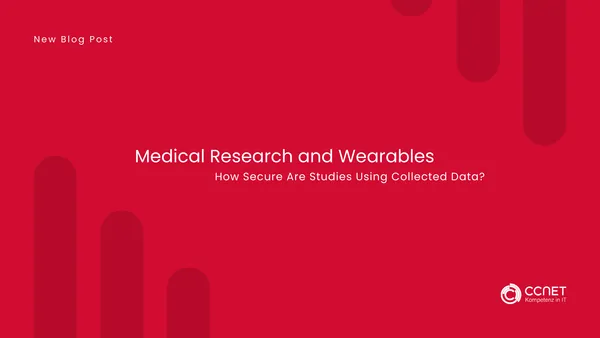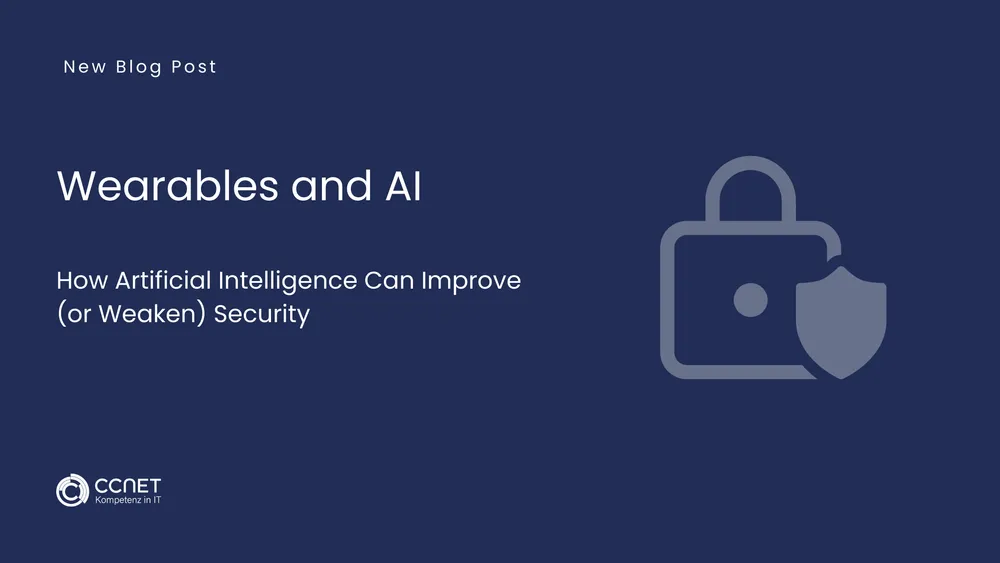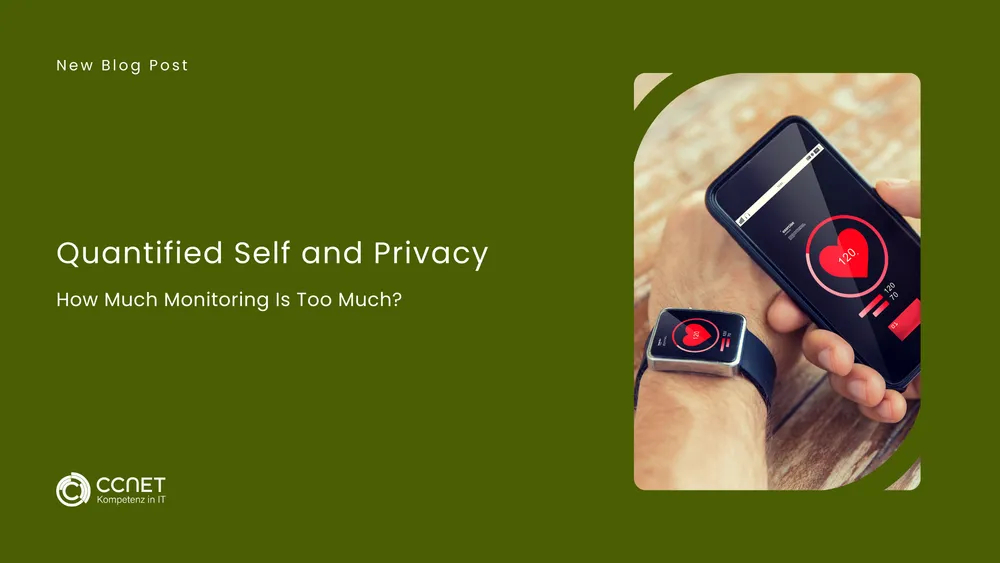
CCNet
Sep 1, 2025 • 2 min read

Medical Research and Wearables: How secure are studies using collected data?
Medical studies using wearables promise enormous progress—from real-time health monitoring to better clinical trial data. But at the same time, they raise serious concerns: How securely is the data stored? Who has access to it? And what happens if health data is misused? This article examines how secure wearable-supported research projects really are and what ethical and legal obligations exist.
1. Why Are Wearables Used in Research?
Wearables provide valuable real-time data on:
- Vital signs (e.g., heart rate, oxygen levels, movement)
- Patient behavior and compliance
- Longitudinal health trends
- Reactions to treatments in real-world environments
These advantages make wearables attractive for clinical research and health monitoring in large population studies.
2. Security and Privacy Risks
Despite the benefits, numerous risks exist:
- Unauthorized access: If devices or databases are not properly secured, unauthorized individuals could access sensitive data.
- Data leaks: Insecure transmission or storage of data can lead to breaches.
- Re-identification: Even anonymized data can often be traced back to individuals.
- Misuse of data: Data could be used for commercial or discriminatory purposes without participant knowledge.
3. Legal and Ethical Requirements
Researchers and institutions must adhere to strict legal frameworks:
- GDPR (EU) and HIPAA (US) regulate the collection, storage, and processing of health data.
- Informed consent: Participants must be fully informed about how their data will be used.
- Ethics committees must approve any study involving wearables and personal data.
- Data minimization: Only the necessary data should be collected and stored.
- Right to deletion: Participants must be able to revoke consent and have their data deleted.
4. Best Practices for Secure Research Projects
To minimize risk, studies should implement the following measures:
- Strong encryption and access controls: All data should be securely stored and accessible only to authorized researchers.
- Unified standards for wearable data: Studies should use certified devices and validated measurement protocols.
- Regular audits and ethical reviews: Independent bodies should monitor how wearable data is used in research projects.
5. Conclusion: Progress with Responsibility
Wearables offer tremendous potential for medical research, but privacy protection and scientific quality must not be compromised. Strict legal regulations, ethical standards, and robust technical safeguards are essential to ensure public trust and enable real progress in medicine.


